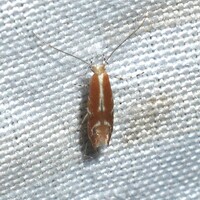
| Recorded by: Jeff Niznik on 2024-06-15
Scotland Co.
Comment: | 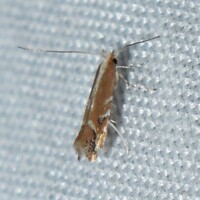
| Recorded by: David George, Jeff Niznik on 2023-06-06
Durham Co.
Comment: |
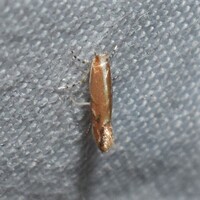
| Recorded by: David George, Jeff Niznik, Rich Teper on 2023-05-21
New Hanover Co.
Comment: | 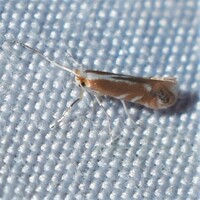
| Recorded by: David George, Jeff Niznik on 2023-04-21
Durham Co.
Comment: |
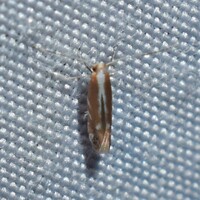
| Recorded by: David George, Jeff Niznik on 2023-04-21
Durham Co.
Comment: | 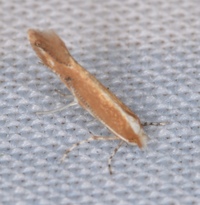
| Recorded by: David George, Stephen Dunn on 2023-03-28
New Hanover Co.
Comment: |
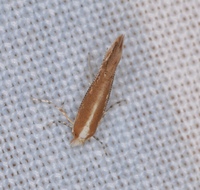
| Recorded by: David George, Stephen Dunn on 2023-03-28
New Hanover Co.
Comment: | 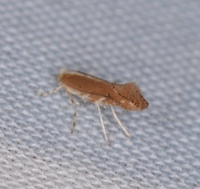
| Recorded by: David George, Stephen Dunn on 2023-03-28
New Hanover Co.
Comment: |
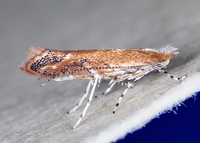
| Recorded by: Jim Petranka and Becky Elkin on 2021-10-11
Scotland Co.
Comment: | 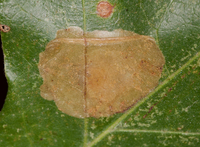
| Recorded by: Jim Petranka and Becky Elkin on 2021-09-30
Scotland Co.
Comment: on Post Oak. |
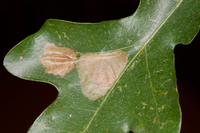
| Recorded by: Jim Petranka and Becky Elkin on 2021-09-30
Scotland Co.
Comment: Occupied mine was collected on 30 September on Post Oak; adult was reared and emerged on 11 October. | 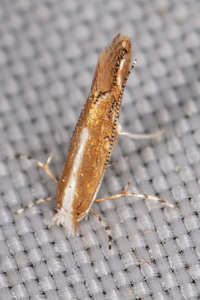
| Recorded by: Mark Shields on 2021-06-11
Onslow Co.
Comment: |
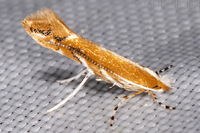
| Recorded by: Mark Shields on 2021-04-09
Onslow Co.
Comment: | 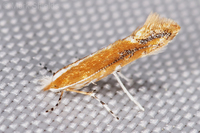
| Recorded by: Mark Shields on 2020-04-09
Onslow Co.
Comment: |
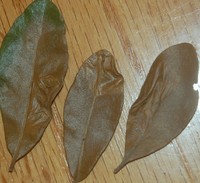
| Recorded by: Tracy S. Feldman on 2020-03-09
Scotland Co.
Comment: A view of the upper leaf surfaces of Quercus virginiana leaves with upper-surface mines. An adult emerged from one of these on 2020-03-30 (see companion photo). | 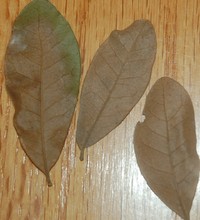
| Recorded by: Tracy S. Feldman on 2020-03-09
Scotland Co.
Comment: A view of the lower leaf surfaces of Quercus virginiana leaves with upper-surface mines. An adult emerged from one of these on 2020-03-30 (see companion photo). |
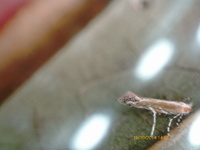
| Recorded by: Tracy S. Feldman on 2020-03-09
Scotland Co.
Comment: An adult that emerged on 2020-03-30 from leaf mines collected on 2020-03-09 (see companion photos of the mines). | 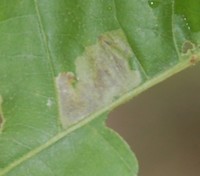
| Recorded by: Tracy S. Feldman on 2017-05-09
Durham Co.
Comment: An upper-side blotch mine on Quercus falcata. An adult was reared from this. |
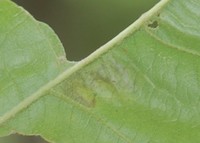
| Recorded by: Tracy S. Feldman on 2017-05-09
Durham Co.
Comment: A view of the lower surface of a Quercus falcata leaf with an upper-side blotch mine. An adult was reared from this. | 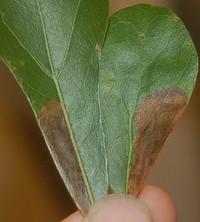
| Recorded by: Tracy S. Feldman on 2016-06-07
Scotland Co.
Comment: A view of two upper-surface blotch mines on Quercus nigra. Adults were reared from these. |
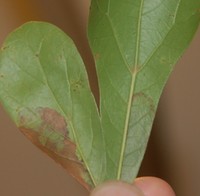
| Recorded by: Tracy S. Feldman on 2016-06-07
Scotland Co.
Comment: A view of the undersides of two Quercus nigra leaves with upper-surface blotch mines. Adults were reared from these. | 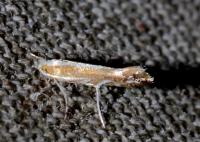
| Recorded by: Harry Wilson on 2015-08-08
Wake Co.
Comment: |

| Recorded by: T. DeSantis on 2015-04-14
Durham Co.
Comment: | 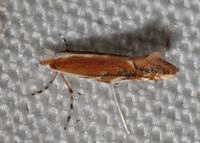
| Recorded by: Harry Wilson on 2013-07-07
Wake Co.
Comment: |
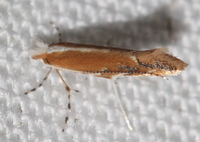
| Recorded by: Harry Wilson on 2013-07-07
Wake Co.
Comment: | 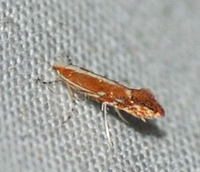
| Recorded by: Kyle Kittelberger on 2011-06-30
Wake Co.
Comment: |
|

 »
»




 »
»


